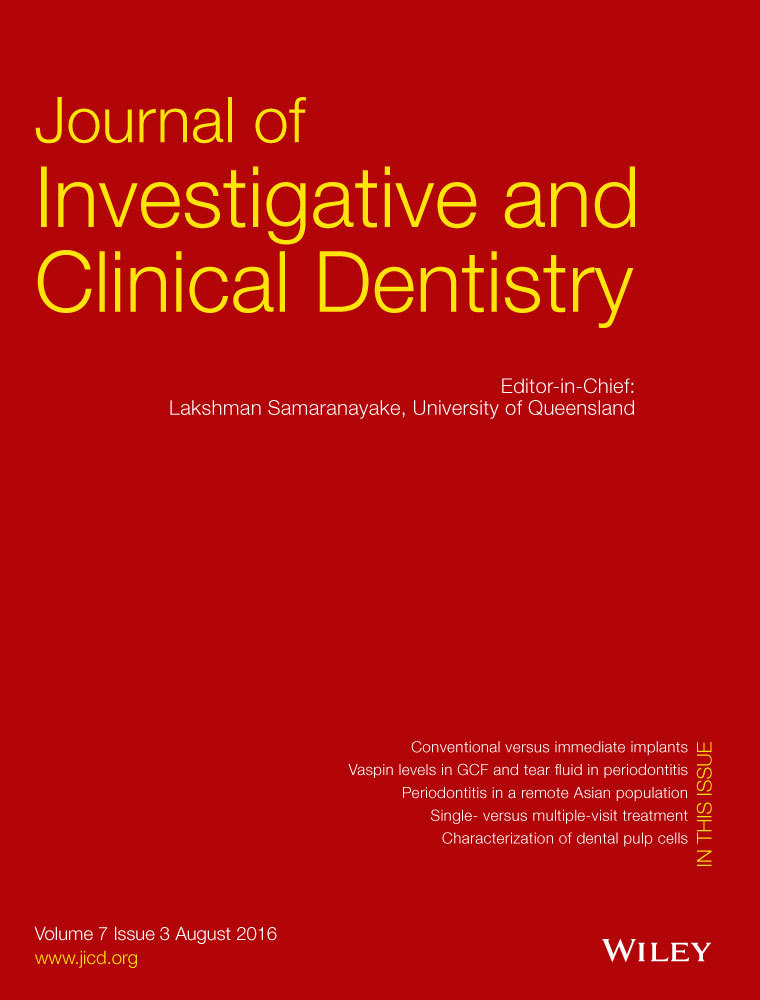Growth characteristics and expression of CD73 and CD146 in cells cultured from dental pulp
Abstract
Aim
Dental pulp stem cells (DPSCs) in permanent teeth and stem cells from human exfoliated deciduous (SHED) teeth are unique sources of mesenchymal stem cells. The aim of this study was to compare the growth characteristics and morphology of DPSCs and SHED and their immuno-phenotype using CD73 and CD146 in the 1st, 3rd, and 5th passage of cell culture.
Methods
Growth characteristics, morphology, and colony forming efficiency were assessed for SHED and DPSCs. Immunocytochemistry and flow cytometry using CD146 and CD73 was performed for SHED and DPSCs in the 1st, 3rd and 5th passage of culture. Data was analyzed using SPSS™ software (version 17.0.0).
Results
The seeding efficiency and colony forming unit efficiency was higher in SHED than in DPSCs. Flow cytometry analysis using CD73 and CD146 showed an increase in CD73 expression with increase in passage number in SHED and a decrease in CD73 expression with increase in passage number in DPSCs. There was a decrease in CD146 expression from passage one through five in SHED and DPSCs.
Conclusion
Cells isolated from the pulp of deciduous teeth and permanent teeth show difference in their growth characteristics and phenotype and are a viable source of stem cells.




